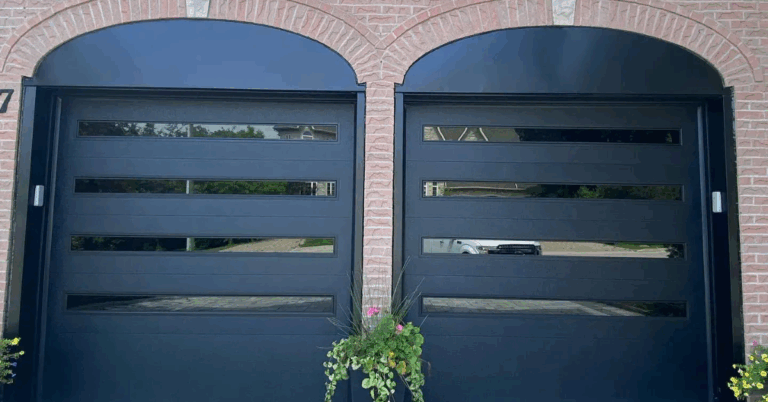The Business Opportunities in the Circular Economy
Transitioning to a circular economy business model can present significant hurdles for companies seeking to make the shift. One challenge is the initial investment required to develop new processes and technologies that support sustainable practices. Not only does this demand financial resources, but it also necessitates a shift in mindset and company culture to prioritize long-term environmental benefits over short-term gains. Additionally, companies may face resistance from stakeholders, including employees, investors, and consumers, who may be hesitant to embrace change or skeptical about the feasibility of a circular economy approach.
Another risk in transitioning to a circular economy business model is the potential for disruption to existing supply chains and business models. Companies may need to reorganize their production processes, sourcing strategies, and distribution networks to align with circular principles, which can lead to logistical challenges and increased costs in the short term. Moreover, as companies strive to close the loop on resource use and waste management, there is a risk of encountering regulatory barriers or limitations that could impede progress towards a circular economy.
What are some of the main challenges companies face when transitioning to a circular economy business model?
Some of the main challenges include changing consumer behavior, redesigning products for circularity, establishing reverse logistics systems, and finding ways to recycle or repurpose materials.
How can companies mitigate the risks associated with transitioning to a circular economy business model?
Companies can mitigate risks by conducting thorough research and analysis, engaging stakeholders, investing in innovation and technology, and gradually phasing in circular economy practices.
What are some potential financial risks companies may encounter in the transition to a circular economy?
Financial risks may include the initial cost of implementing circular economy practices, potential disruptions to existing supply chains, and uncertainty about the long-term return on investment.
How can companies ensure a successful transition to a circular economy business model?
Companies can ensure success by setting clear goals and targets, communicating openly with stakeholders, collaborating with partners and industry peers, and continuously monitoring and evaluating progress.
What role do government policies and regulations play in supporting the transition to a circular economy?
Government policies and regulations can provide incentives, funding, and guidance to encourage companies to adopt circular economy practices, as well as set standards and requirements for sustainable production and consumption.






